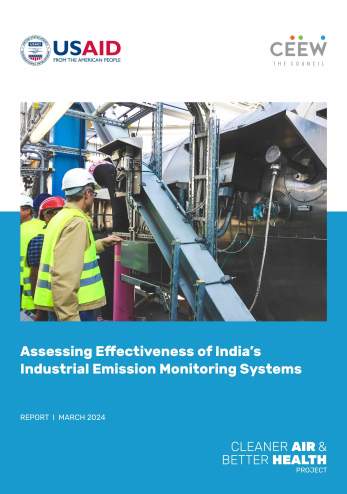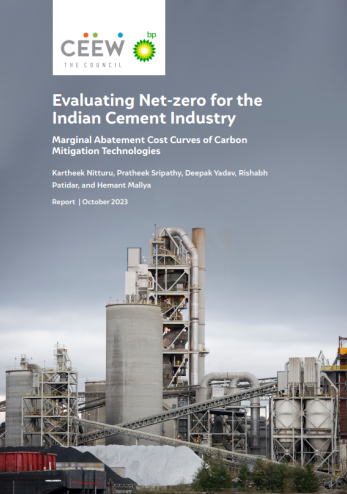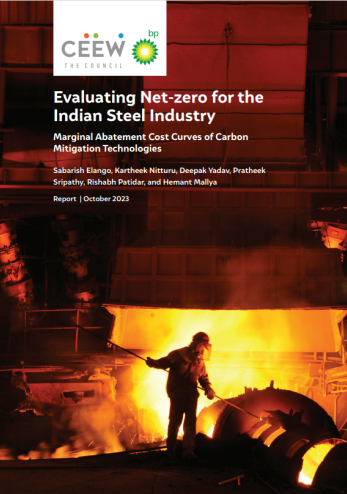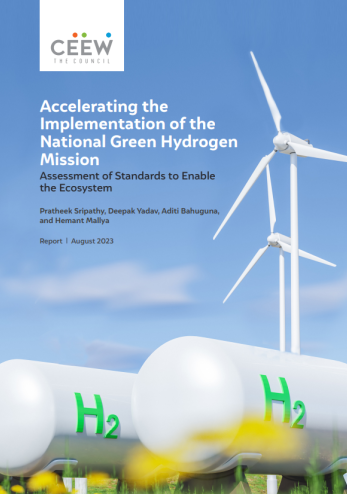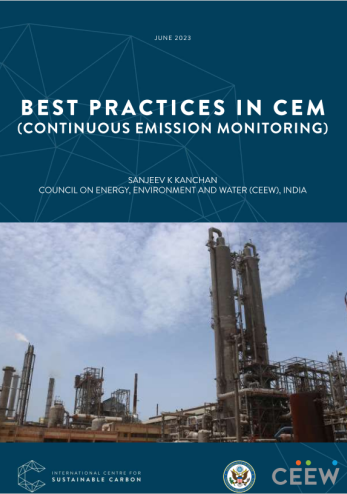Policy Brief
Mineral Resources Security for a Low-Carbon Indian Economy
Vaibhav Gupta, Tirtha Biswas, Karthik Ganesan
April 2016 | Industrial Sustainability, Technology Futures
Suggested citation: Gupta, Vaibhav, Tirtha Biswas, and Karthik Ganesan. 2016. Mineral Resource Security for a Low-Carbon Indian Economy. New Delhi: Council on Energy, Environment and Water.
Overview
This policy brief highlights the significance of ‘mineral resource security’ for India for delivering its development and economic growth ambitions. It evaluates some of the key policy announcements made by the government in improving energy efficiency across multiple sectors and setting up a low carbon development pathway.
The findings are based on CEEW’s research on “Development of a framework to assess the criticality of non-fuel mineral resources essential for sustainable growth of Indian economy,” supported by the Department of Science and Technology (CHORD division), Government of India.
Key findings
- National policies and actions do not address the linkage between manufacturing sector needs and availability of mineral resources.
- The role of technology-intensive manufacturing streams such as electronics and machinery (of which clean energy products are a part) is limited to the ‘low value add component manufacturing’ stream.
- Lack of production for minerals such as silicon, cadmium, and tellurium, neodymium is a major constraint. India is reliant on imports for most of these key raw materials and is vulnerable to supply disruption.
- Till 2011, Indian agencies managed to cover only 4 per cent of the country’s total land mass specified for detailed geochemical surveys, as compared to 91 per cent coverage seen in Australia.
- Due to lack of exploration, India has low clarity on the availability of a majority of minerals. The minerals produced are dwindling in supply or are inefficiently produced.
- Import dependency is expected to rise for most of the minerals consumed in India over the next decade. This would expose the domestic manufacturers to vagaries of the global markets.
Key recommendations
- Domestic exploration
- Economic diplomacy with specific global suppliers
- Institutional reforms to undertake a real-time assessment of manufacturing and associated raw materials
- Augmenting R&D towards targeted areas in order to find better substitutes for priority minerals
- Supporting the formal recycling sector in the country
- Prioritise minerals as per the needs of emerging technologies and domestic plans.
India’s vulnerability to supply disruption is high, as most of the minerals are geographically constrained in specific pockets and supplies are dominated by a handful of countries.




